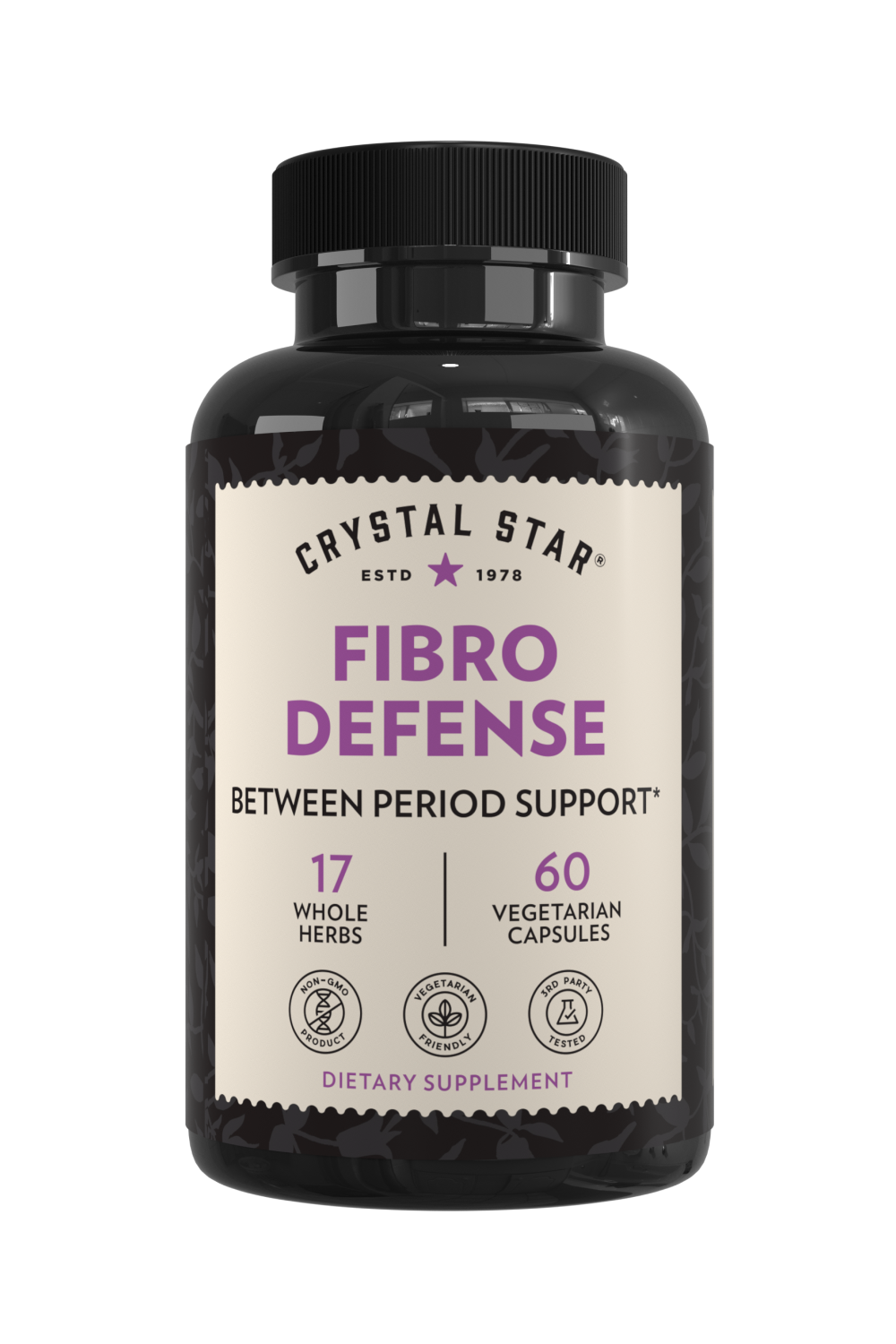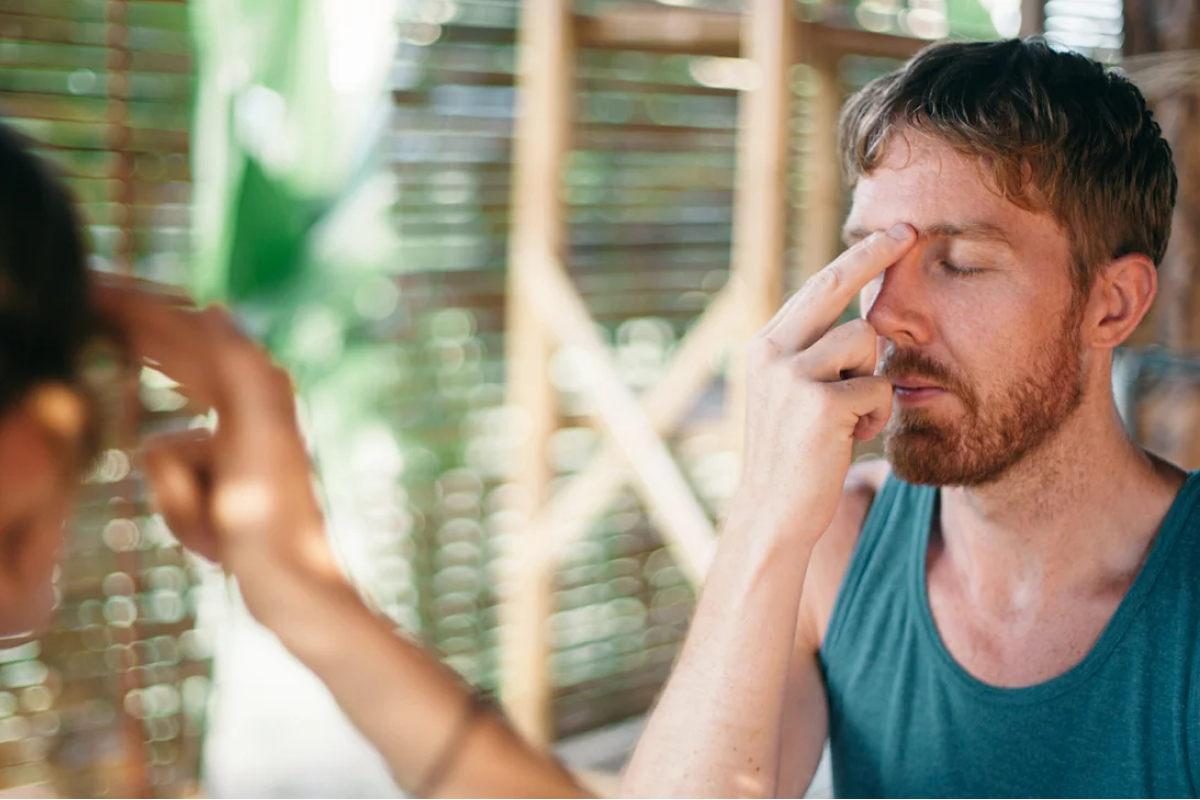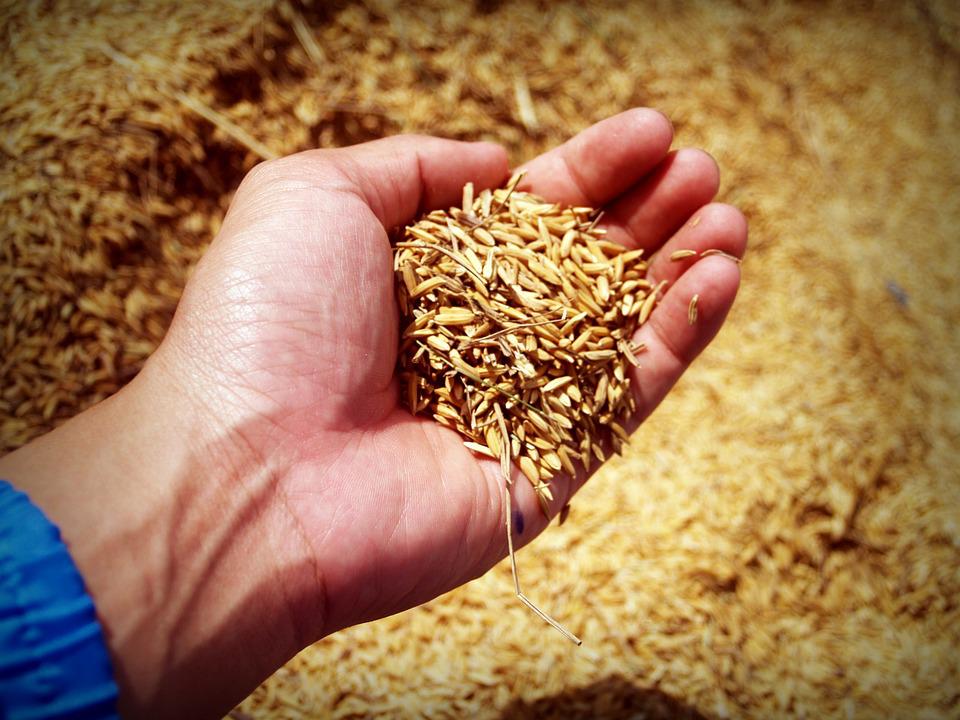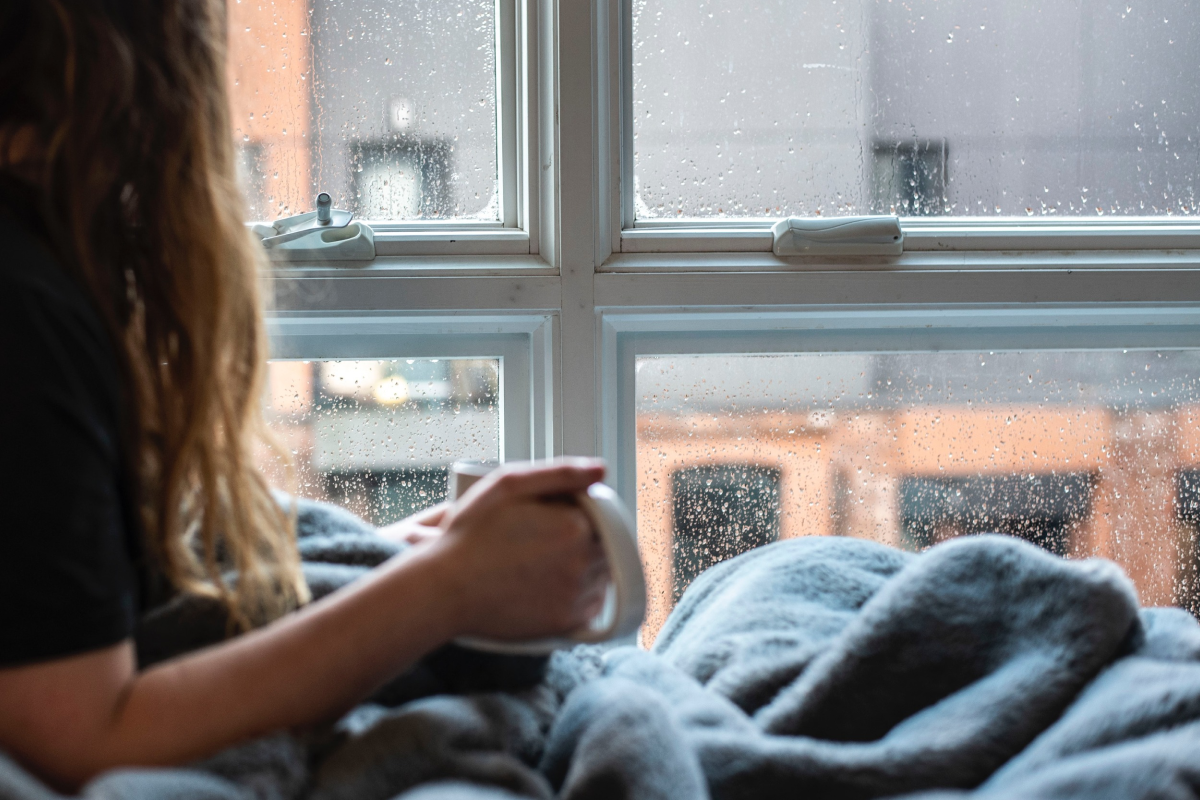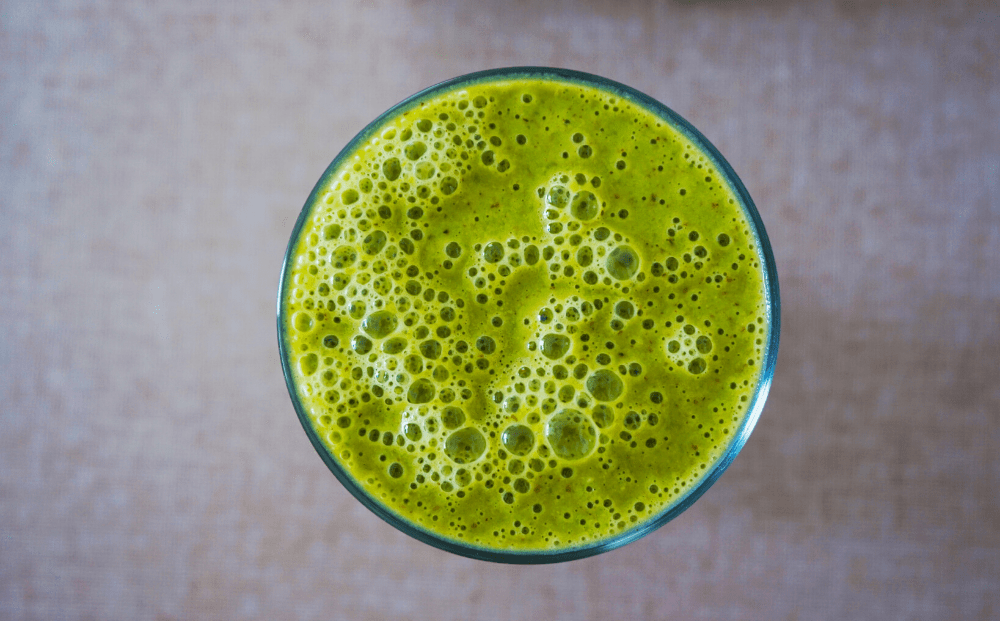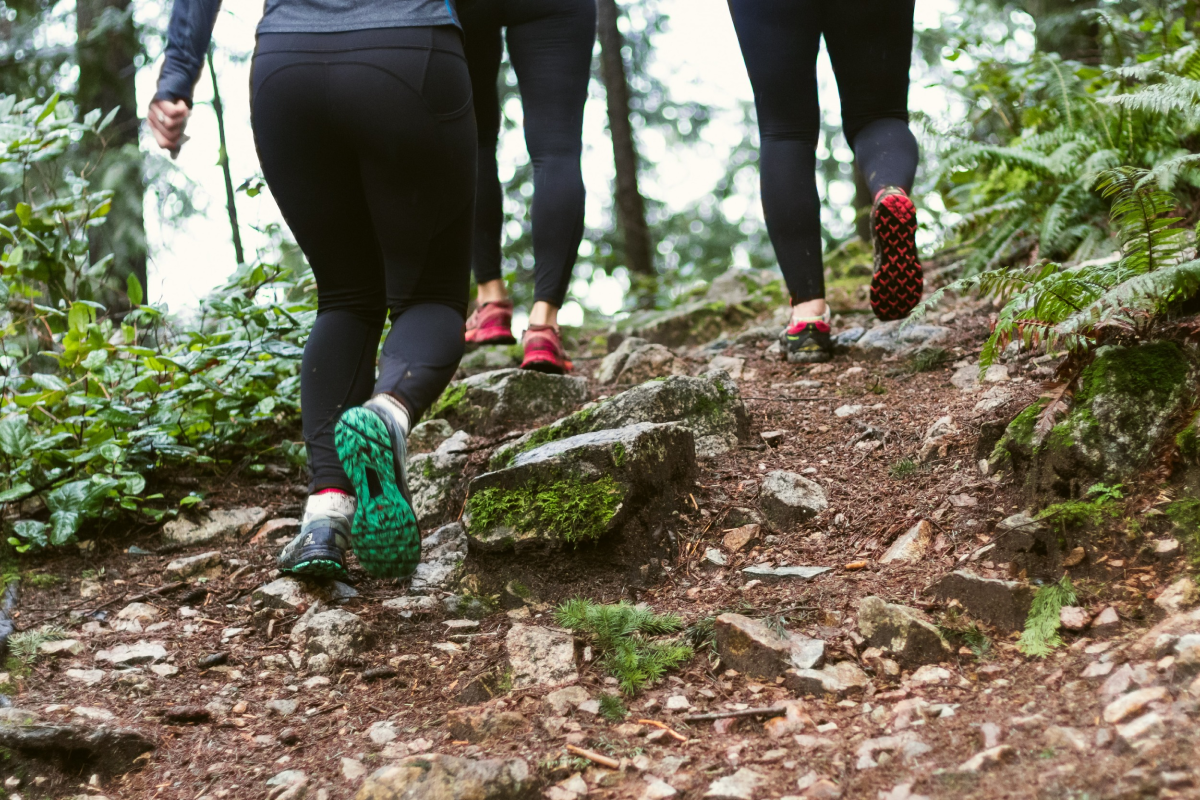
THINK YOU HAVE COVID-19? HERE’S WHAT TO DO NEXT.
Symptoms of COVID-19 may develop anywhere between 2 and 14 days after initial exposure. And symptoms aren’t always respiratory; some people have reported that their first and only symptoms were gastrointestinal, including diarrhea, nausea, and vomiting.
If you think you may have been exposed to SARS-CoV-2 or if you develop symptoms that are consistent with COVID-19, such as fever, a dry cough, shortness of breath, body aches, fatigue, or gastrointestinal concerns, take the Coronavirus Self-Checker assessment on the CDC website. This will let you know if you should be tested or not, based on your symptoms.
You should also contact your primary care provider’s office or the nurse’s line to inform them of your symptoms. They may schedule a telehealth visit with your PCP or provide you with further instructions.
In the event that further testing and/or hospitalization aren’t warranted based on the severity of your symptoms, there are a few things that you can do to support optimal wellness and manage your symptoms at home.
1. WHAT TO EAT AND DRINK
The first thing is to make sure that you stay hydrated and are strict about your diet.
Prolonged fevers can lead to dehydration. Proper hydration is important for immune cells to circulate optimally and do their jobs. Also, be sure to consume a diet rich in fruits and vegetables, as these are rich in polyphenols and micronutrients that support optimal immune system wellness.
2. SLEEP A LOT
Your immune system needs 7-9 hours of sleep to function properly.[1] If you want to give your body a fighting chance, it’s important to get to bed at a decent hour each night.
Try to shoot for no later than 10 pm if you’re sick, and turn off your alarm clock.
3. GET (SOCIALLY RESPONSIBLE) FRESH AIR AND SUNSHINE
During the 1918 Spanish flu, patients at temporary “open-air” hospitals that were set up outdoors had better outcomes than patients in regular hospitals, even those hospitals where you could open the windows.[2] This may be because sunlight and proper ventilation have antimicrobial properties and help the body produce immune-supporting vitamin D.
Sunlight may also help activate your immune system’s T cells for a quicker immune response to infection. [3]
WHAT ABOUT FEVER REDUCERS?
Fever reducers can manage both temperature spikes and body aches. Although some research suggests that non-steroidal anti-inflammatory drugs (NSAIDs) like Motrin, Advil, Aleve, and aspirin may worsen COVID-19 symptoms, the CDC is not currently recommending against their use.[4]
NSAIDs work by blocking the production of small molecules called prostaglandins. Prostaglandins play an important role in generating fevers. Fevers have actually been shown to be beneficial in modulating the immune system, so blocking them may be counterproductive.
It may be of value to try a temporary means of addressing your fever first, such as a tepid or neutral ( 93 to 96 degrees Fahrenheit) bath, before resorting to medication. If your fever stays higher than you can tolerate, or if your provider recommends against riding out a fever, you may need to take some Tylenol to bring it back to a more comfortable range.
Want more information on what it’s like to have COVID-19? Check out Contracting the coronavirus: a first-person point of view.
Resources:
[1] https://www.sciencedaily.com/releases/2017/01/170127113010.htm


